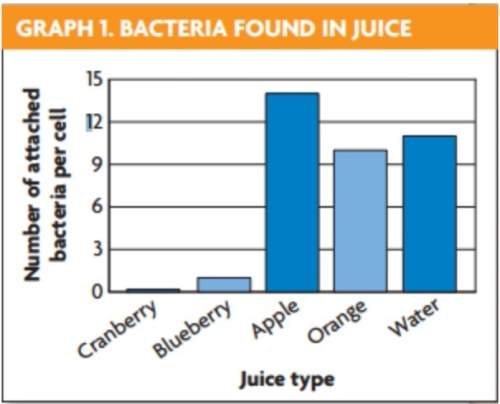
You experimentally change the dna sequence directly upstream of a start codon of an operon in e. coli to investigate the function of this region of dna. analysis reveals that after the change the same amount of mrna is made from the operon, but there are very few proteins made from the operon. what is the most likely function of the dna sequence that you changed
a. the dna sequence likely functions as in transcriptional regulation. b. the dna sequence likely functions as a termination sequence. c. the dna sequence likely functions as a promoter. d. the dna sequence likely functions as a ribosome-binding site.

Answers: 1
Another question on Biology

Biology, 21.06.2019 19:30
What will happen to a population of predators if there is a sudden, temporary increase in the number of prey? a. the population of predators will be uniform with no change. b. the population of predators will increase first and then decrease slowly. c. the population of predators will increase continuously.
Answers: 2

Biology, 21.06.2019 20:00
Aresearcher has developed two stains for use with seed plants. one stains sporophyte tissue blue; the other stains gametophyte tissue red. if the researcher exposes pollen grains to both stains, and then rinses away the excess stain, what should occur? a) the pollen grains will be pure red.b) the pollen grains will be pure blue.c) the pollen grains will have red interiors and blue exteriors.d) the pollen grains will have blue interiors and red exteriors.
Answers: 1

Biology, 22.06.2019 08:30
Scientists discover two populations of mice on either side of a major river. the two populations have almost identical genes but the mice from one side cannot breed with mice from the other. this is most likely because
Answers: 2

Biology, 22.06.2019 10:00
Number and variety of living organism; includes genetic, species, and ecological types
Answers: 1
You know the right answer?
You experimentally change the dna sequence directly upstream of a start codon of an operon in e. col...
Questions


















Computers and Technology, 20.12.2019 21:31





